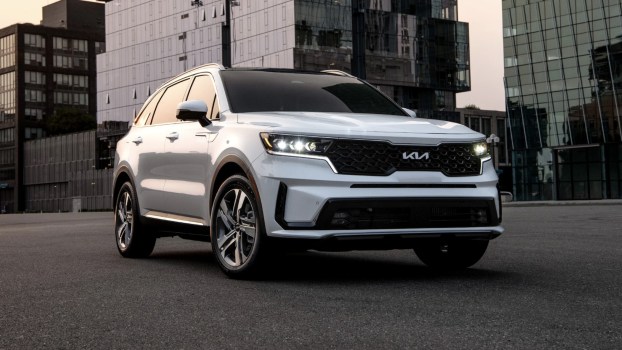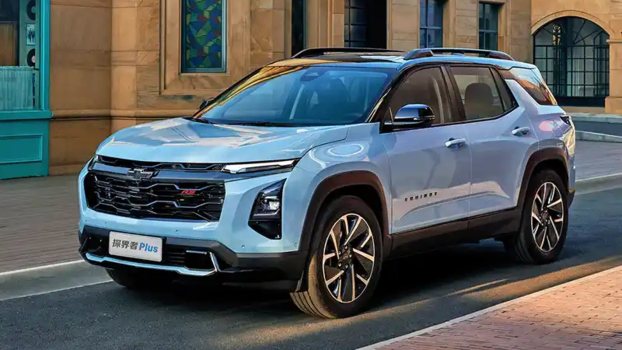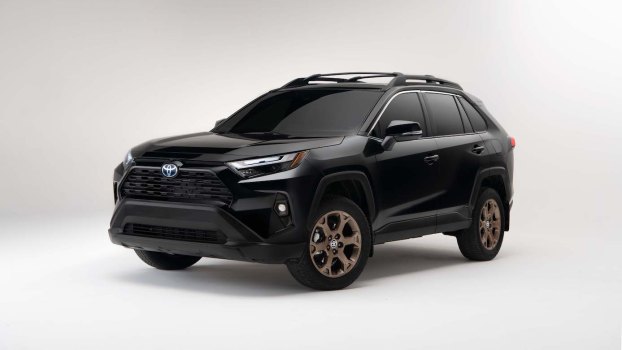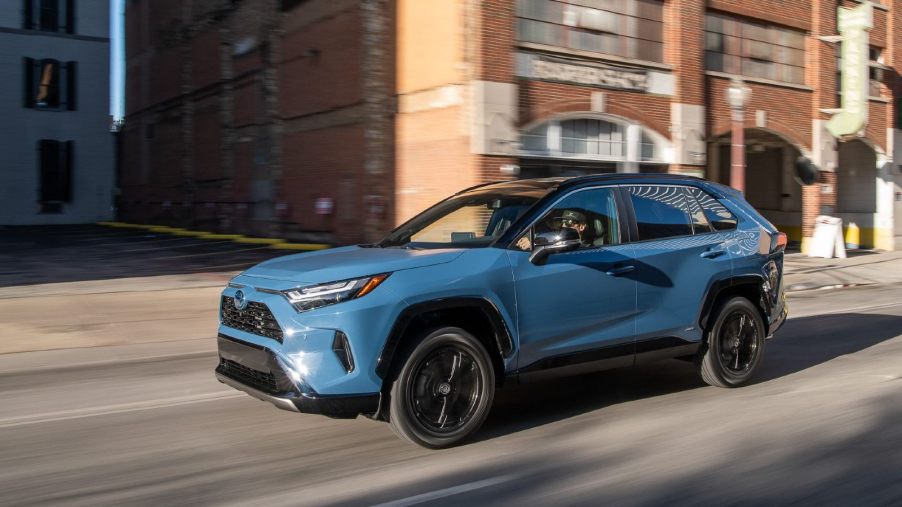
Hybrid or Not? Decoding the True Cost of Driving Efficiency
Is the higher price of a traditional hybrid vehicle worth it in the long run? The initial cost is a little higher for a gas-electric hybrid compared to a gas-only vehicle, but the hybrid model might save drivers money in the long run. For 2024, there are 51 variants of gas-electric hybrids in the US, which means several options for a hybrid that provides the desired driving qualities.
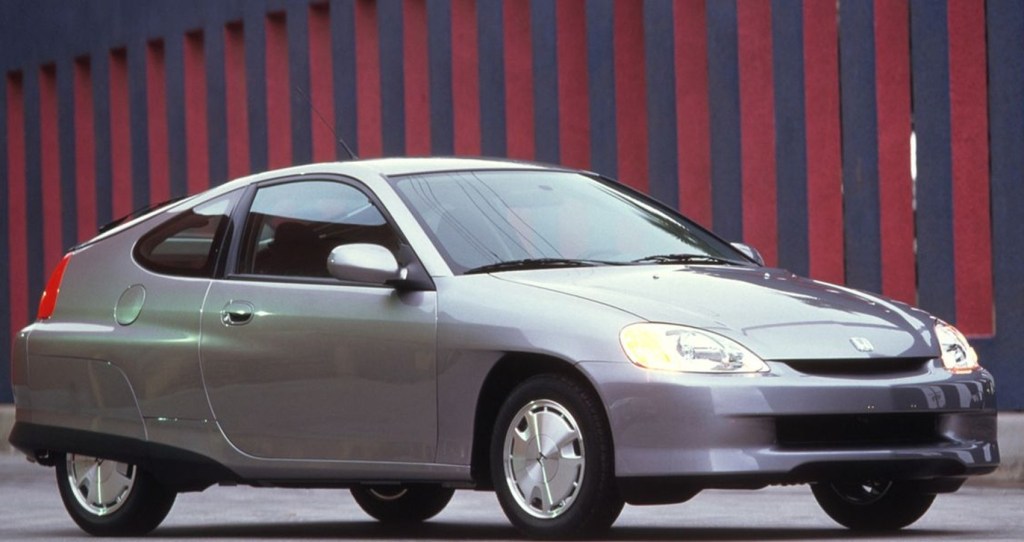
We must qualify the type of hybrid
The current automotive market has three types of hybrid vehicles. The vehicles we’re talking about are traditional hybrid models, not plug-in hybrids or mild hybrids. These traditional hybrids date back to the 2000 Honda Insight and the early Toyota Prius models, which cost nearly twice as much as the gas-powered counterparts when first released.
These traditional hybrid vehicles don’t qualify for the federal EV tax credit, which means there aren’t any additional incentives to reduce the MSRP. Still, the long-term savings could make hybrids worth the initial cost.
Let’s use the Toyota RAV4 as an example
Car and Driver gives us an excellent example of a hybrid vehicle eventually becoming more affordable than a gas-powered model. The 2024 Toyota RAV4 LE costs $30,025 for the gas-powered model, and the hybrid version is $3,050 more. How can we cover that $3,050? Here’s the answer.
The hybrid RAV4 comes standard with AWD, a $1,400 option for the gas-only model. This reduces the gap to $1,650.
Turning to the fuel mileage differences, the gas-only RAV4 achieves 30 mpg combined, while the hybrid version returns 39 mpg combined. Over the course of a single year, driving approximately 15,000 miles, the hybrid version saves $400 in fuel costs. This means that during the fifth year of driving the hybrid RAV4, the $1,650 gap is covered.
The Ford Maverick hybrid covers its price gap even faster, taking only 41,000 miles to reduce the $1,500 gap to zero. That’s less than three years of driving at least 15,000 miles per year.
Are hybrids cheaper to maintain?
In some ways, hybrid vehicles are cheaper to maintain than traditional gas-powered vehicles. This difference shows up in the braking system more than any other area of the vehicle. The regenerative braking system of a hybrid vehicle allows the friction brakes to last much longer. This means replacing the brake pads less frequently. That said, hybrid vehicles have more parts with the battery pack and added electric motors, which could cost a little more in maintenance fees.
Is a hybrid car more affordable to drive than a traditional car?
For the most part, driving a hybrid or traditional vehicle is a personal choice. If it takes five years to cover the price gap with fuel savings, consumers must choose to keep hybrids long enough to cover these savings or accept the added cost. Many hybrids pay pack the added cost over a few years and provide much better fuel mileage figures.
To hybrid or not to hybrid, which way are you leaning?
